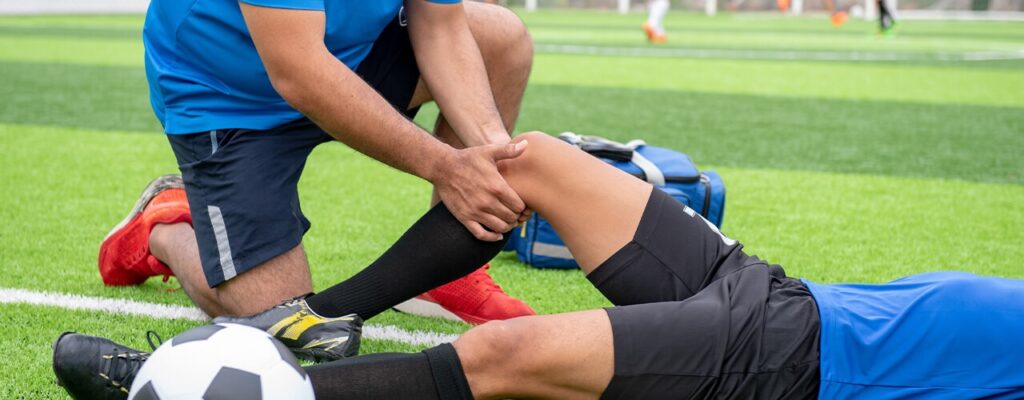How Coaches Can Prepare for Emergencies With Athletes
There’s no doubt we all love an excellent game of our favorite sport. However, when it’s over, not too many of us wonder about the preparation for handling emergencies regarding athletes playing the game. Most schools or colleges strive to keep their teams safe from unexpected harm during practice or the game. Here are some things a coach can do to prepare for emergencies with their athletes.

Extra staff
It never hurts to hire more staff with the right skills when dealing with emergencies. These people are pros when facing an emergency and acting fast. Consider their background and their talents that add value to your team. Not everyone needs to know about the game, but they do need to know how to approach an emergency with the right protocols. They don’t have to ask what is a medical crash cart. This type of equipment allows them to have defibrillators, bandages, heart monitors, and wound care supplies on hand.
Emergency numbers
No parent wants an emergency call. Any coach should have all family member’s phone numbers in case of an emergency. This helps provide good communication on what’s occurring behind the scenes while parents worry about their kids playing a tough sport. Take the time to collect all numbers from the entire team and keep them in the office for access. This keeps everything organized and helps with stressful situations that any emergency can bring to any game.
Roles
It is important to assign roles to all staff so you don’t have a chaotic situation when an emergency happens. Make sure everyone understands what they should do and what role to carry out. Who is going to deal with calling the parents? Who will help with analyzing the gravity of the wounds on the athlete? Who will help coordinate between the hospital or have a direct line to call? These are important to organize and assign the right roles to the staff so you don’t have a mess.
Action plans
Action plans are great to have during an emergency. Create one that’s bulletproof. This means that it works when needed. To ensure you have a good plan, conduct regular meetings outlining all actions that need to be in effect during an emergency. Don’t wait for an emergency to test out your action plan. Run drills to see how everyone responds. This is the best way to see the mistakes firsthand and correct them fast. Create an emergency in an isolated situation to make sure everyone is prepared. Do this with caution to not catch anyone off guard too much that can lead to an actual emergency.
Warm-ups
Any coach should know that proper warm-ups are the key to reducing emergencies with athletes. Make sure you have a routine warm-up that all players follow through with. This is always a preventive measure to ensure their bodies get ready for the game ahead. Use staff members to look over all warm-up guidelines and suggest alternative methods. These should benefit an athletes’s body during the event. Encourage staff to do research and submit new ideas to discuss during regular meetings.
These are some things coaches can do to prepare for emergencies with athletes. It’s a good idea to add to your staff. Find new hires who train to handle emergencies and have the right credentials. Collect emergency numbers from parents or the closest relatives so communication is open.
Parents hate being notified after the fact when an emergency has occurred. It could lead to a lawsuit if you don’t inform them within a reasonable time. Make sure your staff has defined roles on whose supposed to do what when something happens.
Give everyone a written breakdown of what’s expected so there is no confusion. Write up a good solid action plan that everyone understands. Bring this plan to the monthly or weekly meetings. Go over the plan step by step so everyone is on the same page. Conduct a drill to help the plan make sense.
When an emergency happens, your entire staff will be ready to jump into action thanks to the constant reminders. Never forget to have the athletes warm up before a game or an event. This helps protect their body and aids in prevention.












